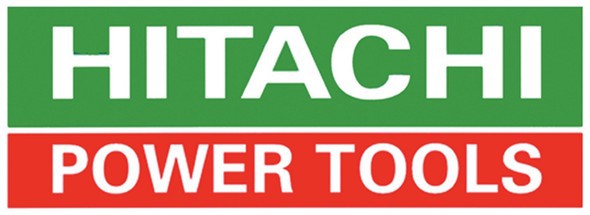Hitachi which refers to itself as a social innovation business is one of the world’s leading manufacturer of consumer durables. The conglomerate which is headquartered in Tokyo, Japan has operations in a wide spectrum of domains such as information technology, consumer durables, high function materials, healthcare, automotive and construction machinery.
The company also has a lot of presence in the development of social infrastructure and aims to develop products that enhance day to day life of individuals through the provision of water, power, energy and transportation solutions. As of 2017 the company has registered a revenue of 9.2 trillion JPY and has been a constant presence in the Forbes most regarded brands. The company is well networked and has global presence in most continents and countries.
Table of Contents
Strengths in The SWOT analysis of Hitachi
Strengths are defined as what each business does best in its gamut of operations which can give it an upper hand over its competitors. The following are the strengths of Hitachi:
- Core Values: Hitachi is deeply committed to a strong value system which is incorporated into all their activities right and that everyone right from their leaders to employees are expected to follow. These core values include sincerity, fairness, commitment to environment and society, respect for human rights and transparency and ethics of conduct.
- Presence in diverse areas: Hitachi Group has strong presence in various areas of operations in such a way that each of their business complements and supplements the others. Their major focal areas include IT, power, industrial and social infrastructure, electronics, healthcare, consumer durables, defense systems, finance and automotive systems.
- Commitment to environment and society: Hitachi has always displayed high levels of commitment to both environment and society. It is amongst the 113 brands to be part of the CDP’s Climate A-list and has always made compliant products. They also have a lot of social welfare programs catering to underprivileged groups in South East Asia in areas like education, health, and women empowerment.
- Strong relationships with stakeholders: Hitachi has always been focused on maintaining strong and sustainable relationships with their stakeholders.The company tries to maintain a balance between their stakeholders and create maximum value for each of them.
- Global network: The Hitachi Group has been focused on building a global network of partners and distributors. They have pan-global presence through offices in various parts of Americas, Middle East, Asia, Oceania, UK and Europe.
Weaknesses in The SWOT analysis of Hitachi
Weaknesses are used to refer to areas where the business or the brand needs improvement. Some of the key weaknesses of Hitachi are:
- Over-dependence on external suppliers: Hitachi gets all their raw materials from various suppliers who are spread across various parts of the globe. Coordinating amongst various suppliers and managing the fluctuations in the currency rates is challenging for the business.
- Long-term contracts: In areas like construction and power the company enters into long-term contracts with vendors and customers. It becomes immensely challenging for the company to factor in the changes from environmental fluctuations.
- An imbalance between supply and demand: In the consumer durables segment, there is a huge mismatch in supply and demand. The demand is currently in excess of supply and there is an oversupply of products and this can in the long run adversely affect your business.
- Excessive overseas growth: The company has been involved in large-scale expansion to all parts of the globe and it is getting increasingly difficult to contain the increased scope of operations and scaling up is becoming challenging.
Opportunities in The SWOT analysis of Hitachi
Opportunities refer to those avenues in the environment that surrounds the business on which it can capitalize to increase its returns. Some of the opportunities include:
- Increased scope in information technology: The IT market is expected to reach 300 billion USD by 2020 with a cumulative growth rate of 9.9 percent per annum. India promises to be a lucrative market for IT and ITES in the next decade with a predicted growth rate of 7.2 percent.
- Growth in infrastructure needs: In emerging economies, there is an increased scope for social infrastructure and many of these projects are funded by the government. Companies like Hitachi should be focusing on building ties with governments of emerging economies.
- Cloud Computing: Hitachi has a significant presence in cloud technologies, and the market for cloud computing is expected to grow profusely because of the cost-effectiveness of cloud-based services. This is an opportunity that Hitachi should exploit.
Threats in The SWOT analysis of Hitachi
Threats are those factors in the environment which can be detrimental to the growth of the business. Some of the threats include:
- Competition: The main competitors of Voltas are LG, Samsung, Whirlpool, IFB, Carrier, and Panasonic etc.
- Economic trends: There has been consistent issues in economies across the world.Economies like Europe, Japan and US are facing economic turbulence and this is likely to affect the company which has its main operations here.
Liked this post? Check out the complete series on SWOT

